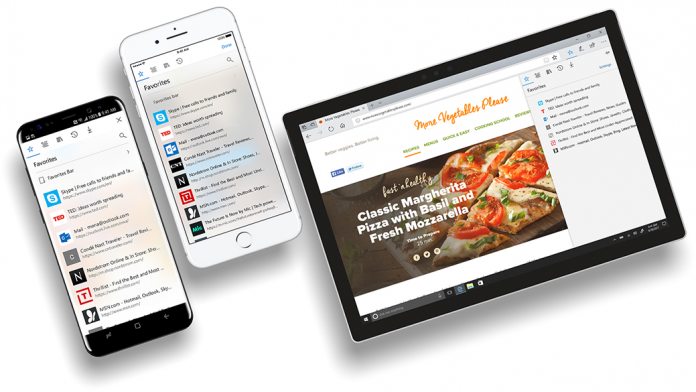Naturally, the feature makes use of Microsoft Translator and generally provides good results. It doesn’t quite have the accuracy of Google and supports fewer languages, but it’s a good alternative if you use Edge. Visiting a webpage will display a button asking if you’d like to translate. Accepting the prompt will quickly turn it into your native language, with a prompt to switch back. So far, not much of an advantage over Chrome, but Microsoft’s implementation actually remembers your preferences. If you translate a German article to English, you can hit a prompt to always translate German webpages.
Android Support
Over time, all the languages you’re unfamiliar with should get translated to your native tongue. It’s no substitute for knowing the language, but should be enough for most situations and languages. It’s worth noting that this feature is already available on Android. You can also pair it with Microsoft’s SwiftKey keyboard to translate specific words or write your own text. The feature is available in version 42.11.4 of Edge, which should now be live for all in the App Store. Android users can grab the latest version from the Google Play Store to experience similar functionality.




